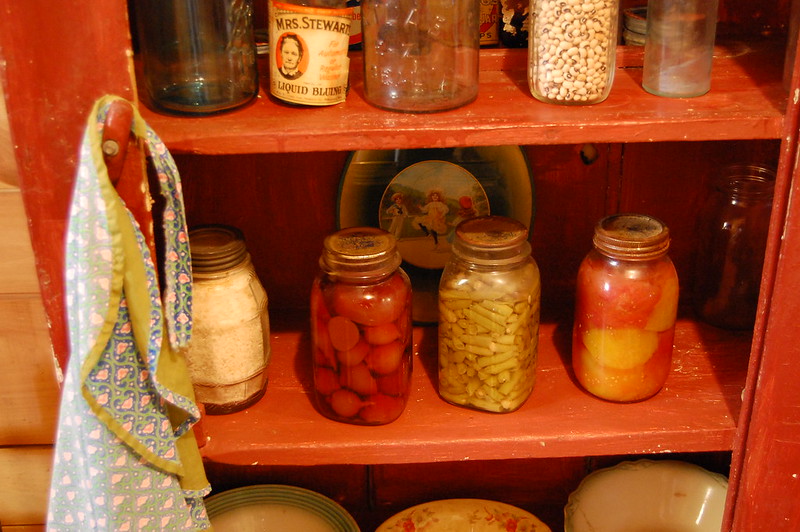Appalachian Beaver County
Foodways
“Corn bread, home grown vegetables that were then canned, biscuits and gravy, stews, rabbit, chicken and dumplings and apple desserts,” writes food historian Mary Casey-Sturk in “Appalachian Food: Defining Generations,” “these are the foods commonly thought to be of Appalachian origin . . . Family farms meant sharing labor. Women and children worked together to pick, snap, boil, and can fresh produce. Neighbors helped each other in tough times. Meals were simple and homemade be there venison, squirrel, rabbit or hog, pies or preserves . . . There wasn’t anything that would qualify as fast food—unless it was something that could be plucked right from the ground or tree and eaten.”
But food and travel writer Ronni Lundy reminds us that Appalachian culture is not just about the Scots-Irish. Appalachia is not an Anglo-Saxon monoculture. “When you look at the history of its foodways – who worked where, where food was served publicly and who was doing it – it becomes clear that it’s very, very rich including where the traditions came from . . . We begin with the strong Native American influence in not only what people grew and hunted, but also in how they treated it and dealt with it..” In addition to the Scotch-Irish, Irish, English and German settlers, Appalachian food has been influenced by other immigrants–“Swedes, Hungarians and Italians. And we forget that the Spanish were here before any of the other Europeans and that there were Spanish communities brought in from Asturias, Spain to work in the coal mines .” And there were African American influences from the Appalachian slave trade as early as the 1700s to work the salt mines.
In fact, Lundy believes that Malinda Russell was not only the first African American to publish a cookbook in 1866, but she might be the first Appalachian to formally publish a cookbook.
DJEET YET?
Here’s a list of local Appalachian favorites:
- pepperoni rolls
- beans and cornbread
- buckwheat cakes
- cracklin’ bread
- country biscuits and sausage gravy
- pawpaws
- morel mushrooms
- wild greens
- ramps
- maple syrup
- apple stack cake
- rabbit, venison, squirrel, smokehouse hog
- black walnuts
- blackberry cobbler
- rhubarb preserves
- Golden Delicious apples
- chowchow
- grits
- buttermilk
- hand-churned butter
- persimmon pudding
- fried green tomatoes
- skillet fried chicken (in butter)
- cornbread stuffing (dressing)
- Depression soup (macaroni and tomato broth)
- Depression hamburgers (bread mixed with meat)
- soup beans
- fried fiddleheads
- apple butter
- fried ramps and taters
- livermush or scrapple
- corn pudding
- Johnnycake or hoecake
- succotash
- roadkill (not a joke)
- chocolate gravy
- lard
- fruit strudles
- sheepshead mushrooms
- rivel soup
- coffee soup or coffee soak
- scrappel
- ham salad
- ham loaf
Remembering Our Beaver County Foodways
The comments here have been edited for clarity and to better fit this post.

You must be logged in to post a comment.